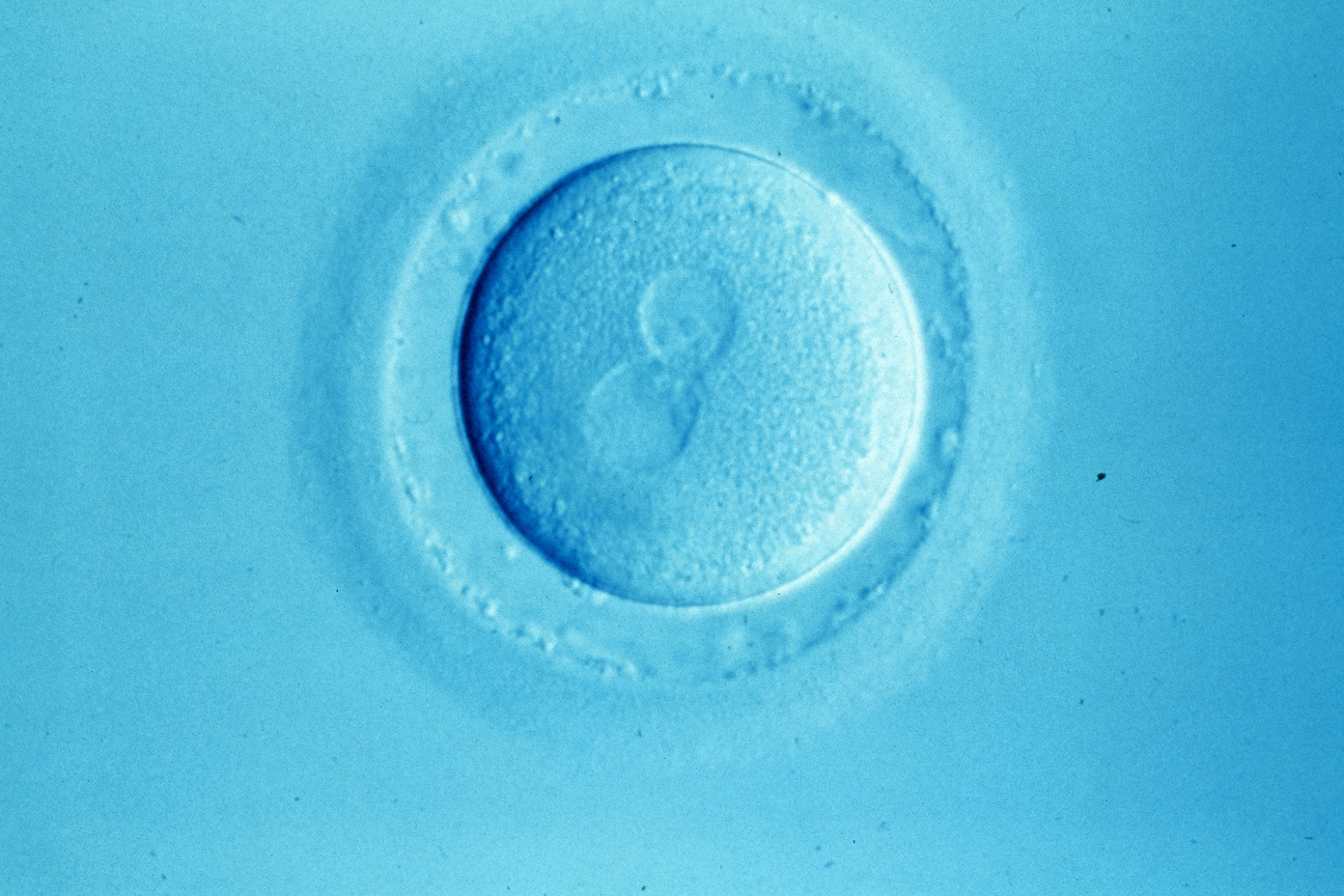Pregnancy and live birth rates following IVF have continued to increase as the multiple-birth rate declines, according to the latest figures released by the Human Fertilisation and Embryology Authority (HFEA). The report also shows that more women are freezing their eggs, although the number of thawed eggs being used in treatment remains low.
The number of women choosing to freeze their eggs in the UK rose from 59 in 2005 to 816 in 2015, representing a 25–30 percent year-on-year growth over the last ten years. However, the number of previously frozen eggs used in treatment remains low. In 2014, only 129 out of over 67,000 cycles of IVF treatment involved thawed eggs, increasing from 102 cycles in 2013.
Not having a male partner was given as the most common reason for storing eggs, according to the report, although it clarifies that the HFEA does not collect detailed information on the reasons why women are freezing their eggs and that the data is based on information given at the time the woman registers at a clinic. It is the first year that the HFEA has included figures on egg freezing.
Sally Cheshire, chair of the HFEA, said: 'These figures send out a very clear message about egg freezing. While there has been much made recently about the rise in "social" egg freezing, the number of frozen eggs actually being used in treatment is still extremely low.
'New freezing techniques appear to have improved the chance of future success, but it's still too early to know that for certain, so it's important that women don't see freezing as a guarantee of future pregnancy.'
The average success rate from thawed eggs in 2013 was 14 percent, compared to a success rate of 26 percent using fresh eggs. It is not yet known what the success rate is for those used in 2014. The report highlights that it may not be possible to know the true success rate for frozen eggs for several years, and the numbers available now are small and 'should be used cautiously'.
The report also shows that the number of IVF cycles overall continues to rise, with 52,288 women having a total of 67,708 cycles of IVF in 2014. Of these, 2,511 women had a total of 4,675 cycles of donor insemination, which is also an increase over previous years.
The live birth rate has also increased slightly, to 26.5 percent in 2013, despite the HFEA's multiple-birth reduction strategy contributing to a reduction from one in four IVF births in 2008 to one in six in 2013. For women aged under 35, the live birth rate is around one third of cycles using fresh eggs.
Cheshire said the figures showed that the fertility sector was in 'good shape'. 'When the HFEA first started, 25 years ago, the success rate from IVF was around 15 percent and the multiple-birth rates were very high, at 28 percent. As treatments and practices have improved, the birth rate has almost doubled and multiple births are down by a half.
'This shows that clinical progress and the dedication of professional staff, in a well-regulated sector, significantly improves patient care and outcomes.'
Sources and References
-
Soaring numbers of single women in their late 30s are freezing their eggs - because they don't have a partner
-
More women delaying motherhood by freezing eggs, figures show
-
Number of women freezing their eggs triples in just five years
-
More Women Are Freezing Their Eggs To Delay Motherhood, Report Shows
-
Number of British women freezing their eggs soars
-
Fertility Treatment in 2014: Trends and Figures
-
New report shows IVF cycles are on the rise but few involve frozen eggs





Leave a Reply
You must be logged in to post a comment.